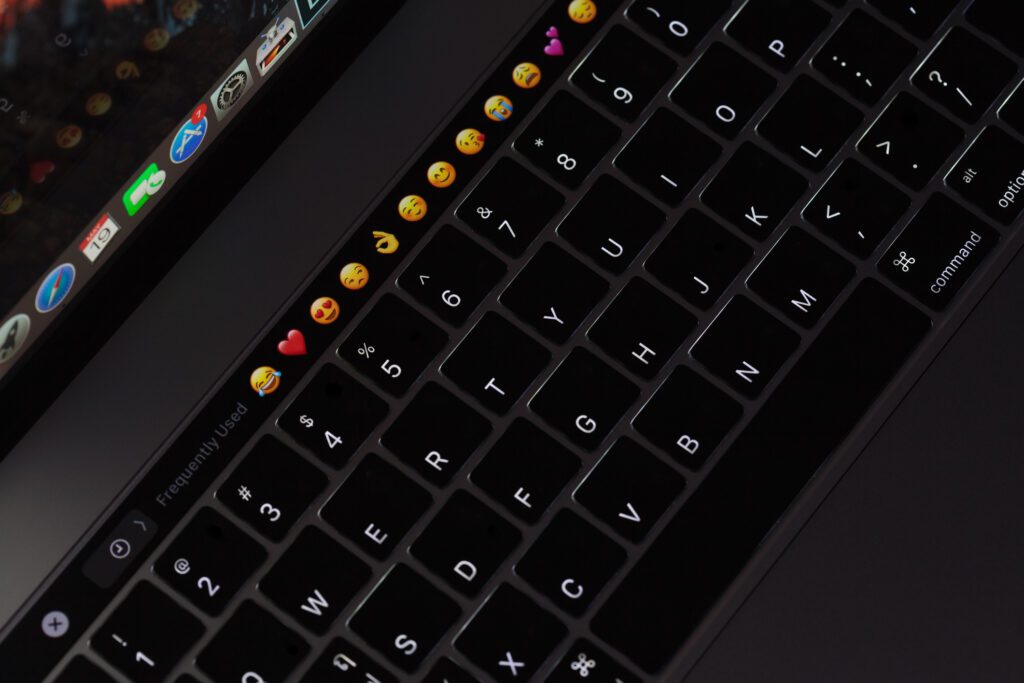13 Truths For 2024 That You’re Not Prepared For


Here we are, it’s 2024. The year we’ve all prepared for and yet you’re likely not ready for the big and small headaches headed your way.
Let’s count them down.
13. Your policy for accepting ads with misinformation doesn’t exist.
You are only as restrictive as the least restrictive partner in your tech stack. Most of you have not had an internal conversation about what type of message is simply aggressive and what aims at democracy. Now is a good time to understand exactly how free your clients’ speech really is and what you feel comfortable executing.
12. State level regulation of AI advertising and privacy laws are getting complicated.
Data privacy laws are hot these days. Meanwhile, Michigan and several other states passed or plan to pass laws requiring disclosure of generative AI in certain political ads. Despite the promise of endless, free creative assets through AI tools, most of you haven’t prepared to understand when disclosure is required in which state.
11. You and your clients might not be on the same page about reasonable DEI approach.
The variety of approaches to Diversity, Equity, and Inclusion (DEI) is astonishing, and mostly defined by the party affiliation of your shop. There is no one-size-fits-all approach, and many of you are not prepared to comfortably answer questions being asked by more and more clients. In full disclosure, we struggled with the right approach in 2023, and now have a thoughtful plan in place for 2024.
10. Is there a green digital advertising premium?
Coming from someone who used to run a print magazine and drive a Wrangler, this isn’t my thing. But the pitch is real: the Internet generates as much carbon emissions as the airline industry, and there are tools to reduce that carbon footprint. The question that remains unanswered is what, if any, premium is a client willing to pay and what constitutes being a “good company.”
We all want to run a good company, but that might mean something very different in 2024. Will you become a green advertising shop, if that means higher prices or lower quality inventory?
9. More consolidation among DSPs means less flexibility in what you can do for your clients.
As Xandr exited the marketplace, another large programmatic trading desk started gaining market share to the point that a number of smaller niche DSPs will have no path to profitability. And as that happens, your path to competition and innovation narrows unless you build your own tech.
8. The OEMs won’t lean into the D2 Model.
The Original Equipment Manufacturers (OEMs) like Vizio and LG have beefed up their in-house political sales teams and leaned into data over media. They face unique challenges with reach and inventory quality and competing with each other for the same dollars. This is not McDonald’s versus Chick-fil-A — this is Wendy’s versus Wendy’s. Dish and DirectTV figured this out in 2014 and formed D2.
7. Cheap and questionable OTT inventory are the same thing.
You get what you pay for with OTT inventory. If you think you’ve struck a great deal with inexpensive OTT inventory, you just didn’t ask the right questions. It’s a race to the bottom, and you’re the unfortunate winner here. Someone sitting in the corner office in New York or California may be laughing at you.
6. Everything is SPO and nothing is SPO.
For a year, we have been evangelizing Supply Path Optimization (SPO) for good reason. SPO cuts the Tech Tax, improves match rates, and improves the digital experience for our clients. Over the last year, some DSPs have upped their game by creating their own pathways to compete with new advertiser direct options from SSPs. This means that in 2024, you cannot just accept that you’re leveraging SPO in your tech stack without understanding the costs and strategy associated with it. Meaning, not all SPO pathways are actually SPO.
5. Social media fragmentation in terms of eyeballs and policies.
Social media and Meta are not interchangeable. Depending on the nature of your project, paid ads on LinkedIn, X, and Snapchat are all on the table. Their policies and disclosure requirements vary widely. Do you know which has a downloadable library of all political ads from around the world? Do you know what the current political ad policy at X is?
4. Your M&A deal isn’t happening in 2024, and profitability will matter again.
You set up your tech business to sell ahead of or during the 2024 cycle. Congratulations. That was before interest rates spiked. Turns out that nobody will be buying your business for a while and you’ll be spending lots of time in the future with your current colleagues.
3. Low-dollar fundraising remains a huge challenge for both parties.
Thomas Jefferson said: “The government you elect is the government you deserve.” I’ll add that the fundraising file you have is the one you deserve.
Mothership is not the only shop to have beaten every fundraising list on the market to a pulp. That said, there are some good actors in this space who know how to do it right. To paraphrase the philosopher Tyler Durden, low-dollar donors have been promised the world. And they are slowly learning it was a lie. And they are very, very pissed off.
2. Customer service matters again since much of the tech we need has been commoditized.
We’re in a period where major tech developments are stalled and the market needs to catch up to what’s available, which means customer service and personal relationships matter more than ever. If you are considering a four-day work week, extravagant PTO policies and excessive OOO auto replies, someone will take your clients.
1. There are no great sales reps left to hire.
You heard me. The unemployment rate for top tier political salespeople is zero. Invest in training your current okay-ish reps or roll the dice with someone new. Those are your choices.
Jordan Lieberman is the CEO of Powers Interactive, a programmatic media company.



